This annual report covers the period from 1 April to 31 December 2015. The Academy will report on a calendar-year basis in the future.
Consistent with our new Strategic Plan for 2015-2020, the activities of the Academy this year have been focused on five strategic themes, underpinned by a commitment to operational excellence.
Read more on the strategic plan
The Academy is a Fellowship of the nation’s most distinguished scientists, elected by their peers for outstanding research that has pushed back the frontiers of knowledge. Fellows are eminent by reason of their attainments in natural science. Normally 20 Fellows are elected to the Academy each year, one specially elected (for conspicuous service to science) and up to two Corresponding Members (international Fellows).
21 new Fellows, including one by special election, from a wide range of disciplines were elected to the Academy.
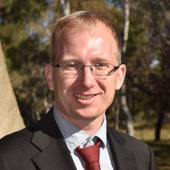 Martin Asplund FAA Astronomy
Martin Asplund FAA Astronomy
Martin Asplund’s work in solar and stellar physics has changed the way in which we approach atomic and nuclear physics and a wide range of astrophysics, from planetary science and stellar physics through to Galactic archaeology and cosmology.
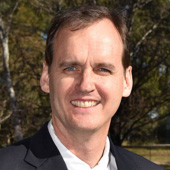 Peter Bartlett FAA Statistics
Peter Bartlett FAA Statistics
Peter Bartlett is a pioneer at the interface of computer science and statistics, with a focus on the science behind large, complex statistical decision problems. He has created the theoretical foundations for many key advances in statistical machine learning.
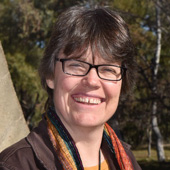 Christine Beveridge FAA Plant biology
Christine Beveridge FAA Plant biology
Christine Beveridge is a world leader on the hormonal control of plant development, discovering a new hormone and demonstrating how shoot architecture, which underpins the yield, productivity and value of crops, trees and shrubs, is controlled.
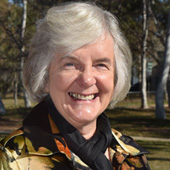 Jenefer Blackwell FAA Genetic epidemiology
Jenefer Blackwell FAA Genetic epidemiology
Jenefer Blackwell is distinguished for her scientific achievements in the study of neglected tropical diseases, in particular her work on visceral leishmaniasis, which is leading to innovative new vaccines.
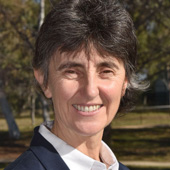 Christine Charles FAA Plasma physics
Christine Charles FAA Plasma physics
Christine Charles’ research on ion acceleration in expanding magnetised plasmas has led to a new generation of space engines and created two new sub-fields of physics.
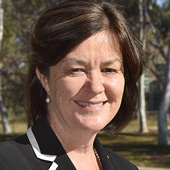 Susan Clark FAA Cancer epigenetics
Susan Clark FAA Cancer epigenetics
Susan Clark is a leading epigenetic cancer researcher whose DNA methylation and histone modification sequencing technologies have revolutionised the field of epigenetics and led to better outcomes for cancer patients.
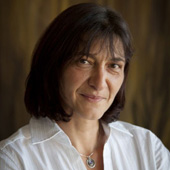 Maria Forsyth FAA Physical chemistry
Maria Forsyth FAA Physical chemistry
Maria Forsyth is a world leader in developing advanced materials for new energy and infrastructure technologies, including fuel cells, battery designs and new ways to prevent corrosion.
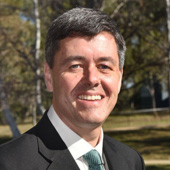 Julian Gale FAA Computational chemistry
Julian Gale FAA Computational chemistry
Julian Gale is a theoretical chemist whose work in the kinetics and mechanisms of crystallisation processes in materials science, mineralogy, and geochemistry has become the basis for one of the most widely used commercial packages in his field.
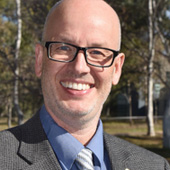 Edward Holmes FAA Evolutionary epidemiology
Edward Holmes FAA Evolutionary epidemiology
Eddie Holmes is a world-leading authority on viral evolution who has transformed how we assess what types of viruses, and from which animal species, are most likely to emerge in human populations, and how they will evolve in response to our attempts to control them.
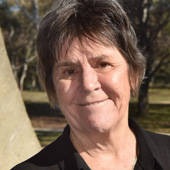 Wendy Hoy AO FAA Clinical epidemiology
Wendy Hoy AO FAA Clinical epidemiology
Wendy Hoy is recognised internationally for her research into kidney disease, which has transformed Aboriginal health services, saved lives, reduced the need for dialysis and supported the development of early intervention programs globally.
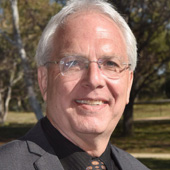 William Laurance FAA Environmental biology
William Laurance FAA Environmental biology
Bill Laurance is a world-leading conservation ecologist of tropical forests and their biodiversity, who has made a remarkable array of important scientific findings on the effects of habitat fragmentation, logging, fires, climate change and exotic pathogens on tropical ecosystems.
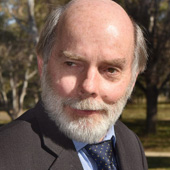 Geoffrey McLachlan FAA Statistics
Geoffrey McLachlan FAA Statistics
Geoff McLachlan’s pioneering work in mixture models has been especially influential, from inference and clustering and error-rate estimation for classifiers, to new techniques in analysing gene expression data.
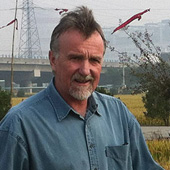 Michael McLaughlin FAA FTSE Agricultural science
Michael McLaughlin FAA FTSE Agricultural science
Mike McLaughlin is a leader in developing and evaluating fertiliser technologies and developing biosolid re-use, whose approach to assessing contamination risk has been adopted around the world.
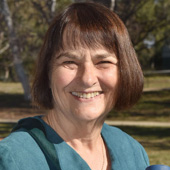 Helene Marsh FAA FTSE Marine biology
Helene Marsh FAA FTSE Marine biology
Helene Marsh is the world’s premier authority on the ecology and conservation biology of dugongs, and she has been instrumental in advancing scientific understanding of marine megafauna and management of coastal marine mammals.
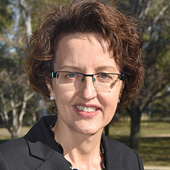 Linda Richards FAA Neuroscience
Linda Richards FAA Neuroscience
Linda Richards is a leading developmental neurobiologist whose discoveries have defined the fundamental mechanisms regulating the wiring of neuronal connections between the two hemispheres of the brain.
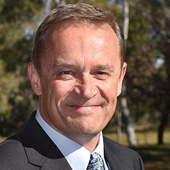 Malcolm Sambridge FAA Seismology
Malcolm Sambridge FAA Seismology
Malcolm Sambridge’s new mathematical approaches to analysing complex geophysical data have fundamentally altered the way in which we understand the Earth and it’s internal processes.
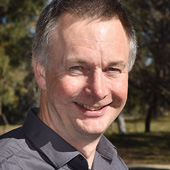 Ian Small FAA Plant biology
Ian Small FAA Plant biology
Ian Small has discovered a new mechanism that controls the production of proteins in plant organelles, which shows great promise in modifying specific RNA sequences and specific genes in all living species.
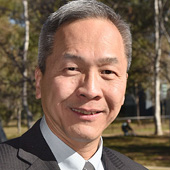 San Thang FAA FTSE Polymer chemistry
San Thang FAA FTSE Polymer chemistry
San Thang is a research innovator in polymer and materials science and a leading expert in the field of radical chemistry, with several key innovations to his name, including the hugely successful RAFT process.
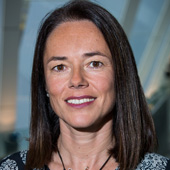 Carola Vinuesa FAA Immunology
Carola Vinuesa FAA Immunology
Carola Vinuesa has revealed how our immune system produces high quality, long lasting antibody responses, which is leading to new approaches to treating diseases such as lupus and type-1 diabetes.
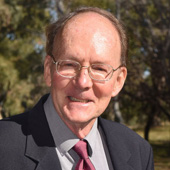 Michael Waters FAA Developmental biology
Michael Waters FAA Developmental biology
Michael Waters uncovered a new paradigm in cytokine receptor signalling, was the first to purify, characterise and clone the growth hormone receptor, and has developed new physiologies of growth hormone action, including its role in activating neural stem cells in response to exercise.
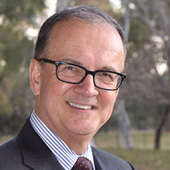 Ziggy Switkowski AO FAA FTSE Nuclear physics and corporate leadership
Ziggy Switkowski AO FAA FTSE Nuclear physics and corporate leadership
Ziggy Switkowski is a trained nuclear physicist and a respected leader in innovation and business, who has advocated at the highest levels for technology, science and academia. Dr Switkowski was specially elected by the Fellowship.
Find out more about the Fellows elected in 2015
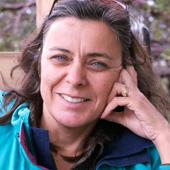 Jillian Banfield FAA Microbiology
Jillian Banfield FAA Microbiology
Jillian Banfield is distinguished for her research on natural nanomaterials, including clays, microbiology and biogeochemical cycling in subsurface environments, bioremediation and the human microbiome.
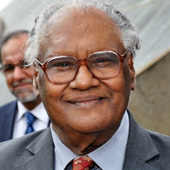 CNR Rao FAA Solid state and materials chemistry
CNR Rao FAA Solid state and materials chemistry
Professor Rao is one of the world leaders in the area of solid state and materials chemistry, including transition metal oxides, superconductivity, colossal magnetoresistance, multiferroics, and nanocarbons and their analogues.
Six Fellows and one Corresponding Member passed away. Their achievements enhanced the global store of scientific knowledge and understanding, and their participation in the life of the Academy will be greatly missed.

The Academy's regional groups are state-based, with a chair appointed to each group by Council. The groups meet and hold events as desired.
Through the generosity of Fellows, their families and colleagues, and like-minded individuals and organisations, the Academy presents a range of honorific awards, research grants and travelling fellowships each year. These awards celebrate and raise awareness of the achievements of both the person after whom they are named and the recipients, and contribute towards the advancement of science in many fields of research.
34 talks and lectures funded by the Academy’s travelling fellowship and honorific lecture awards took place in 6 states at 14 different venues including 12 universities, with a total of 1500+ attendees.
These included:
4 Academy-supported research conferences were held in 4 states with a total of 382 participants.
The 2016 awards were announced in November 2015 and most will be presented at the Academy’s annual celebratory event, Science at the Shine Dome, in May 2016.
5 career, 3 mid-career and 10 early-career researchers were awarded $32,500 in honorariums and lecture funding.
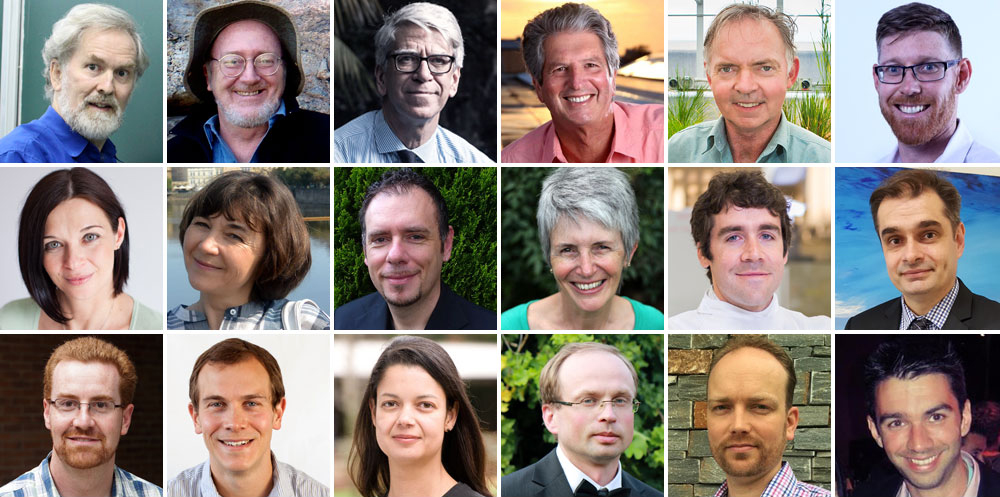
Find out more about the 2016 awardees
These awards were made in 2015 but may take up to two years to complete.
The Science in Australia Gender Equity (SAGE) pilot of the Athena SWAN Charter was launched on 16 September at Parliament House in Canberra.
This ambitious project is a joint venture of the Australian Academy of Science and the Australian Academy of Technology and Engineering. It aims to achieve a step change in career prospects and career progression for Australian women and minority gender groups in science through a comprehensive accreditation and quality improvement framework called the Athena SWAN Charter, developed over the past 10 years in the UK. More than half of Australia’s universities have signed up to the three-year Australian pilot, as have five Medical Research Institutes, the CSIRO and the Australian Nuclear Science and Technology Organisation (ANSTO).
The Academy has 22 National Committees for Science that are widely representative of its disciplines. The broad aims of the committees are to foster a designated branch or theme of natural science in Australia and to serve as links between Australian and overseas scientists in the same field. National Committees advise the Academy’s Council on Australia’s representation for the unions and multidisciplinary bodies of the International Council for Science (ICSU) and other international bodies.
More about National Committees
‘Australia in the era of global astronomy: The decadal plan for Australian astronomy 2016–2025’ was launched in July and presents the strategic vision for Australian astronomy for the next decade. The plan follows the success of the astronomy community’s 2006 plan and presents the community’s vision to stakeholders outside the research sector, including the Australian Government and industrial and research partners nationally and internationally.
Read the astronomy decadal plan

The Academy and the Australian Geoscience Council jointly launched the inaugural 34th International Geological Congress (IGC) Travel Grant Scheme for Early-Career Australian and New Zealand Geoscientists. The fund was established with the proceeds of the highly successful congress held in Brisbane in 2012, and provides support for Australian and New Zealand early-career geoscientists to travel internationally to further their careers.
The Academy’s National Committee for Earth Sciences co-administers the IGC Travel Grant Scheme together with the Australian Geoscience Council.
More about the travel grant scheme
The National Committee for Data in Science and the Australian National Data Service held 2 meetings with the President and Executive Director of the International Council for Science’s Committee on Data for Science and Technology (CODATA), in June and October 2015. The meetings considered:
2015 was the UNESCO International Year of Light and Light-based Technologies. The Academy celebrated by hosting a public lecture together with Questacon: Lasers can do anything!
Australian activities were coordinated by an organising committee chaired by National Committee for Physics member Professor Ken Baldwin.
The International Council for Science (ICSU) is a non-government organisation with 48 scientific and interdisciplinary bodies with a global membership representing 140 countries. Academy Fellow Professor David Black is ICSU’s current Secretary-General, and the Academy is Australia’s adhering body to ICSU.
The Academy meets its ICSU responsibilities with the help of the National Committees for Science, providing Australia with global science credibility and influence through representation on executive boards of ICSU organisations and in their subcommittees and task groups. In this way Australian scientists contribute to international science policy and strategic planning.
The Academy supports early- and mid-career researchers (EMCRs) by holding inter-disciplinary events designed to stimulate innovative thinking about future developments and applications of science, and through the EMCR Forum.
The Australian Early- and Mid-Career Researcher forum (the forum) is the national voice of Australia's emerging scientists, representing researchers who are up to 15 years post-PhD (or other research higher degree), irrespective of their professional appointment.
Read more about the EMCR Forum
Academy events supporting EMCRs:
I feel like I developed 10 years of industry-relevant knowledge in three daysHeather Main, participant in the 2015 Theo Murphy High Flyers Think Tank
The Academy administered a number of other events for EMCRs: the Lindau Nobel Laureates Meeting, the East Asia and Pacific Summer Institutes (EAPSI) program (for US early-career researchers visiting Australia), and the first Australian delegation to the Kavli Frontiers of Science symposium in Indonesia.
The Academy has a long history of working successfully with overseas counterpart organisations to increase collaborations between Australian and overseas researchers. This year, the Academy administered a number of international exchange programs and activities around the world.
















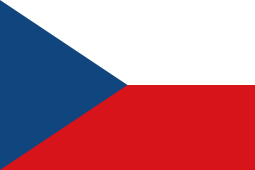
Academy President Professor Andrew Holmes represents the Academy on the board of the InterAcademy Council (IAC). Professor Holmes and Academy Foreign Secretary Professor Cheryl Praeger participated in the joint session of the InterAcademy Partnership and the InterAcademy Medical Panel executive committees and the IAC board in New Delhi, India, in September. The meeting provided an opportunity to strengthen links and networks within academies.
More about international representation
The Academy engages with overseas science academies, international scientific organisations and foreign embassies in Canberra, as well as Australian embassies abroad to identify areas of mutual scientific interest and to foster opportunities for collaboration. This year, Academy Foreign Secretary Professor Cheryl Praeger, or her representative, met with embassy officials and international scientists from a range of countries, including:
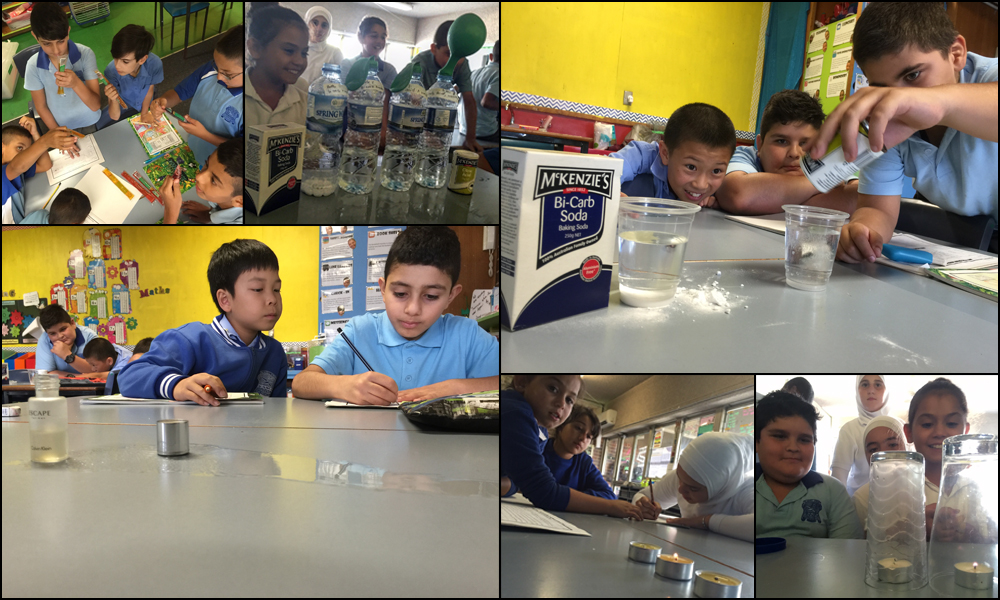
The Academy is committed to promoting science and mathematics education as a contribution to informed citizenship and to encourage young people to prepare for the many careers based on science and technology in the future. In close consultation with state and territory education sectors and education experts, the Academy is actively involved in the implementation of the national science and mathematics curricula through the development of inquiry-based resources that stimulate student interest and enhance learning, and through professional learning to improve teacher confidence and quality.
The Academy’s school education programs have been made possible through Australian Government funding. Primary Connections also enjoys the generous support of donors and sponsors.
The Academy’s Primary Connections program pairs curriculum resources with professional learning for the teaching of science in primary schools, supported by Australian Government funding of $14.7 million since 2006. The program boosts the confidence of primary school teachers, encourages young students’ natural interest in science, and develops students’ mathematical and communication skills. This year, with support from government, sponsors and donors, Primary Connections has significantly expanded its reach into rural and remote Australia, and has increased the focus on training university undergraduates who are studying to become primary school teachers.
The Primary Connections resource, ‘Feathers, fur or leaves’ won best Interactive Teaching Resource in both the Primary Teaching Resource and Outstanding Digital Resource categories of the 2015 Educational Publishing Awards.
The Academy was also invited to showcase Primary Connections to the international school STEM education community at a science teaching conference hosted by the Mexican Academy of Science in November.
Find out more about recent Primary Connections achievements
This workshop … builds a confidence in you as a teacher where you may have felt completely lost or intimidated by science.CSL bursary recipient
More about Primary Connection’s achievements in 2015
Science by Doing is an innovative online science program developed by the Academy and supported by $10.3 million in funding since 2010 from the Australian Government. It consists of digital curriculum units for students in Years 7 to 10, designed to engage and excite them in their science learning.
The Science by Doing professional learning approach supports teams of teachers working together in schools to improve student learning. It is underpinned by four important components: professional learning resources, curriculum resources, leadership, and general support.
*Hits measure total interaction with a website and are recorded for each file that is accessed during a visit. They cannot be compared to visit numbers.
The four new curriculum units are:
There is now a complete set of all the curriculum units needed for years 7 to 10 freely available for Australian teachers and students.

In October, the Academy was awarded $6.4 million over three years by the Australian Government in a successful competitive tender process to develop a school mathematics program. Known as reSolve: Mathematics by Inquiry, this bold new national program is designed to increase the engagement and achievement of Australian primary and secondary students through innovative approaches to teaching.
Overseen by a committee led by internationally-recognised mathematician and Academy Council member Professor Cheryl Praeger AM FAA, reSolve is managed by the Academy in collaboration with the Australian Association of Mathematics Teachers.
In May, the Academy and the Australian Medical Association jointly launched a report from the 2014 Theo Murphy Think Tank warning about the risks that climate change poses to human health. This resulted in 266 media stories by outlets including the ABC, Fairfax and NewsCorp (41 broadcast, 225 print/online).

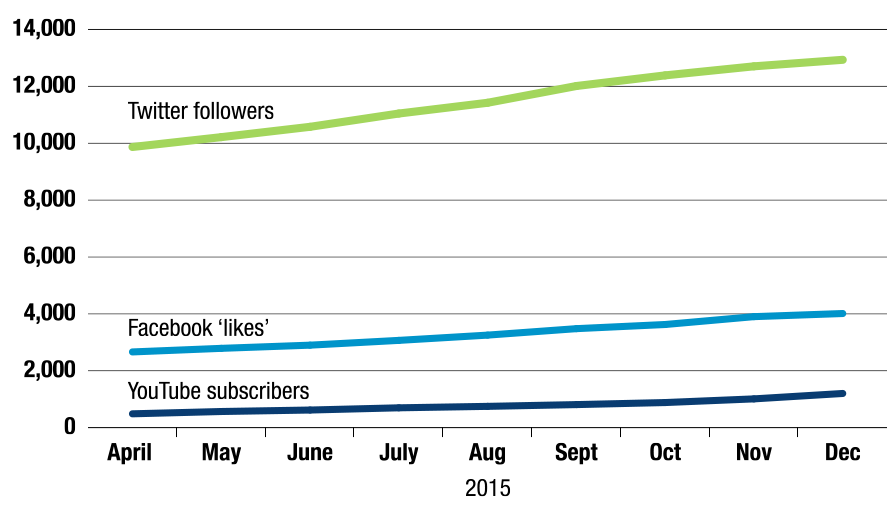
The original Nova—one of the first science explainer websites in the world—was established in the 1990s as an online public education program of the Australian Academy of Science. Thanks to a gift from Telstra in 2014, the website underwent a major redevelopment and was launched as Nova: science for curious minds on 30 June 2015. In the six months after launch, Nova built a solid reputation based on strong science and accessible communication.
65 of Australia’s best scientists, including 24 Academy Fellows, reviewed topics—which is a major point of difference to other science websites.
Designed by Melbourne company Webplace, Nova was shortlisted for a 2015 Australian Graphic Design Association Award. 3 animated YouTube science videos produced by German company Kurzgesagt in collaboration with the Academy received nearly 3 million views and sparked international interest in Nova.
Scientists come in all shapes and sizes and the Academy’s Brain Box videos introduce the brains behind the science. This year the Academy published 6 Brain Box videos.
See the Brain Box channel on YouTube
The Academy website received a makeover with a fresher, more modern look and improved navigation. It’s not all cosmetic; behind-the-scenes work made the site perform better on both desktop and mobile devices.
During the year, the Academy held events for scientists and the public in Sydney, Melbourne, Adelaide, Brisbane, Hobart and Canberra, on science as diverse as data, stem cells, forensics, climate change, pain, new materials, epigenetics, quantum computing, astrophysics and artificial intelligence.
The Shine Dome was hired for a total of 64.5 days, with 76% external and 24% Academy.
2015 public speaker series sponsors:
The Historical Records of Australian Science (HRAS) is a journal published bi-anually by CSIRO Publishing on behalf of the Academy. This year, for the first time, HRAS was published fully online, widening its accessibility and reducing production costs. Fellows have free access to the online version via the Fellow’s section of the Academy website, and hard copies can be ordered from CSIRO Publishing for $110 per year (both editions).
The Academy and CSIRO jointly publish 13 Australian journals of scientific research. The journals:
During 2015, more than 1.1 million articles from the 13 journals were downloaded. The journals published 113 issues comprising 13,743 pages.
More information about these and other journals published at CSIRO
The Academy’s Council closed the Basser Library and Fenner Archives for one year from 1 July 2015 to enable consideration of how best to manage the holdings into the future. Access was maintained for biographers writing for Historical Records of Australian Science, and for recipients of the Moran Award for history of science research. The Council established a taskforce, made up of Fellows and experts in archives and the history of science, to conduct a comprehensive assessment and provide recommendations to Council by mid-2016.
Drawing on the expertise of Fellows and the National Committees for Science, the Academy made 11 submissions and responses to government consultations, reviews and inquiries, including on the role of ICT in infrastructure, the regulation of autologous stem cell therapies, Australia’s Antarctic program, greenhouse gas emissions targets, international education, and research policy and funding.
The Academy also published 3 position statements on science priorities for Australian innovation, freedom and responsible practice of science, and the long-term sustainability plan for the Great Barrier Reef.
A number of the Academy’s submissions and statements have had a positive impact. Submissions to inquiries into the Gene Technology Amendment Bill 2015 and the capability of the Defence Department’s physical science and engineering workforce were both extensively referenced in the final reports. The Academy’s contributions on setting a post-2020 target for greenhouse gas emissions and the draft Reef 2050 plan led to invitations to participate in Ministerial roundtables to provide further expert advice.
The Australian Academy of Science held two events for Parliamentary Friends of Science. Sponsored by co-chairs the Hon Karen Andrews MP, Assistant Minister for Science, and the Hon Richard Marles MP, Shadow Minister for Immigration and Border Protection, this bipartisan group engages interested members of federal parliament in discussions about science.
The Academy’s National Committee for Astronomy launched its new decadal plan for 2016–25 at a Parliamentary Friends of Science event organised by Science and Technology Australia. There was a panel discussion on the new search for extra-terrestrial intelligence (SETI) program, with 10 members of parliament attending.
Parliamentary Friends of Science, together with the Parliamentary Friends of Women in Science, Mathematics and Engineering, jointly hosted the launch of the SAGE pilot of the Athena SWAN program, attracting a capacity crowd of almost 100 representatives and parliamentarians.
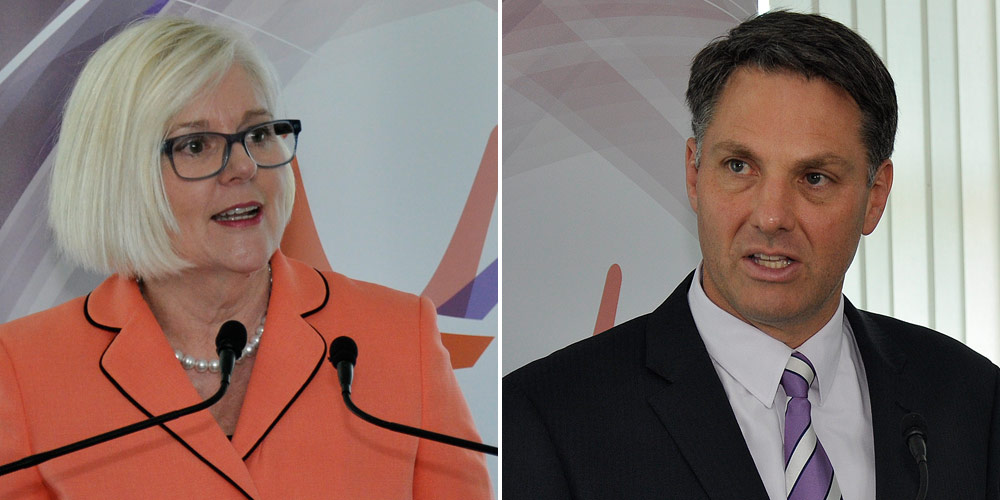
Members of the National Innovation and Research Alliance (formerly the National Research Alliance), co-convened by the Academy and Science & Technology Australia, met twice during the year: once in March to agree on a series of actions urging the government to provide certainty of funding for the National Collaborative Research Infrastructure Scheme (NCRIS); and a second time in December when ‘innovation’ was added to the alliance name to provide for a more inclusive membership and scope.
The Australian Council of Learned Academies (ACOLA) comprises the Presidents of Australia’s four Learned Academies: the Australian Academy of Science, the Australian Academy of the Humanities, the Academy of Social Sciences in Australia, and the Australian Academy of Technology and Engineering. The ACOLA Secretariat Pty Ltd, established concurrently with the Council, is made up of the Chief Executive equivalents of the Learned Academies, and conducts projects and activities on behalf of the Council.
The ACOLA Council met in April, July and November and the Secretariat Board met in July, October and November (AGM).
In 2012 the Australian Government announced the allocation of $10 million over three years for the Securing Australia’s Future (SAF) program to provide interdisciplinary research-based evidence for policy development by expert working groups involving Fellows of each of the four Learned Academies.
SAF Project 5: New technologies and their role in our security, cultural, democratic, social and economic systems was developed over three years by an expert working group co-chaired by Academy Fellows Professor Bob Williamson FAA and Professor Rob Evans FAA FTSE. The comprehensive report was launched by the Chief Scientist, Professor Ian Chubb AC FTSE in September. Its analysis of the history of technology development and the key trends, drivers, opportunities and implications for Australia’s future economic and social wellbeing was well received by media and stakeholder groups.
In mid-2015, then Minister for Education the Hon Christopher Pyne MP asked ACOLA to undertake SAF Project 13: Review of Australia’s higher degree research training system to identify how research students from all backgrounds could be better prepared for a range of academic and non-academic careers. The Academy is working closely with the Australian Academy of Technology and Engineering to provide project management support for the review’s expert working group to deliver the report by March 2016.
More information on ACOLA and the SAF program
ACOLA funded the Academy to lead a project to develop a comprehensive engagement strategy for Australia’s participation in the global Future Earth initiative.
The Future Earth Australia (FEA) Expert Working Group conducted consultations through an online survey, ‘co-design’ workshops with research and industry stakeholders that were held in Sydney, Melbourne and Brisbane (with additional plans for Canberra, Adelaide and Perth), and one-on-one interviews with influential stakeholders.
Working group members who attended the Paris Climate Change Meeting in December 2015 took with them an initial draft of a strategic plan representing FEA’s potential contributions in the context of the global Future Earth initiative, and its relationship to other sustainability initiatives in Australia.
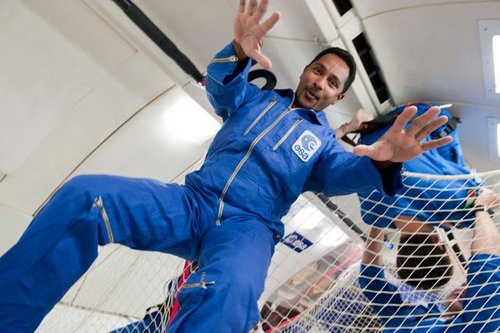
This year, the generous support of donors and sponsors has enabled the Academy to celebrate and nurture excellence in science, and to bring outstanding science education to more Australians of all ages. Donations have:
Read more about philanthropic giving
The Australian Academy of Science is managed by a Council of 17 Fellows, which met twice during the reporting period. To ensure Academy business was managed effectively between Council meetings, the Executive Committee (EXCOM) met 5 times, and the Finance Committee met twice.
The Finance Committee comprised the Executive Committee, Council representative Professor Ian Hume FAA, Fellows’ representative Professor Michael Barber FAA FTSE and external members Mr Mark Waldron and Mr David Holmesby (Audit Committee Chair).

The Academy owns two unique and historic buildings in Canberra. The national heritage listed Shine Dome, especially, is a city landmark. However, they do take some upkeep. This year the Academy:
The state of the art LEDs will last many years meaning the Dome will no longer have to close once a year for two full days to change the light globes. Now replacements are as simple as lowering the fixture to the floor with a remote control rather than bringing in a cherry picker to reach up to them.